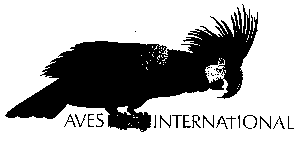 |
AFRICAN GREYS (Psittacus e. erithacus and P.e.timneh) |
|
|
|
|
|
|
|
|
|
|
|
|
weaning times |
|
|
|
|
(prices and availability) |
 |
AFRICAN GREYS (Psittacus e. erithacus and P.e.timneh) |
|
|
|
|
|
|
|
|
|
|
|
|
weaning times |
|
|
|
|
(prices and availability) |


| approx. size: 11- 13 inches/33 cm | native to: west and central Africa | available season: year-round |
| min. cage size: 30''x30"x30" | talking ability: excellent! | price: $1400/Congo- $1100/Timneh |
 just-hatched Congo African Grey |
 just-hatched Timneh African Grey |

  |
 These are Congo African Greys in these three images. |
 This baby Timneh African Grey is almost fledging age. |
 Greys will often show a lilac-colored sheen to their feathers in certain light, as shown in this image of a just-weaned baby Timneh Grey. |
 Some Greys have "pied toes" and white toenails like this five week-old Congo Grey. This appears to be a genetic trait and perhaps is a marker for the pied gene in African Greys. Greys can precisely mimic human speech. |
 Photographed at eight weeks of age, this Timneh African Grey is at perching age. The Timneh Grey has the same excellent ability to mimic as the Congo Grey has and is generally less nervous than the Congo Grey. |
 three weaning Timneh African Greys |
 weaning Greys; Congo African Grey is the larger one and the other three are Timneh African Greys |
 nearly feathered Congo African Grey |
 fully feathered Congo African Grey |

|
|